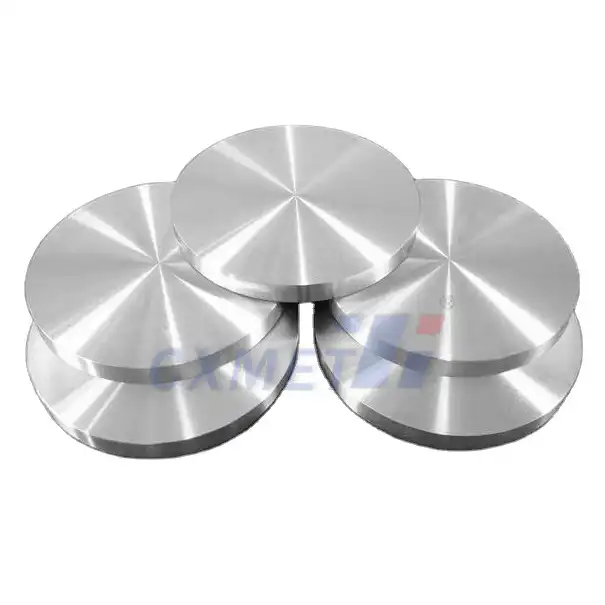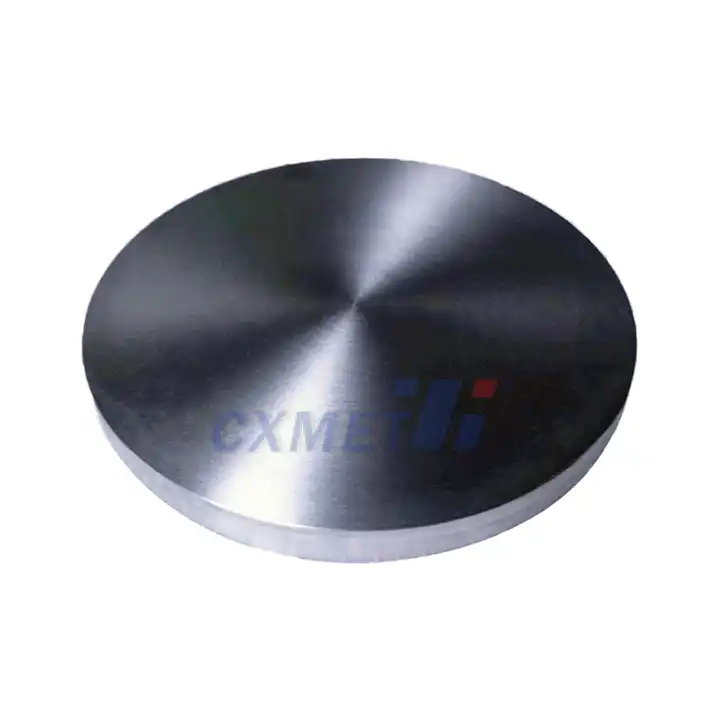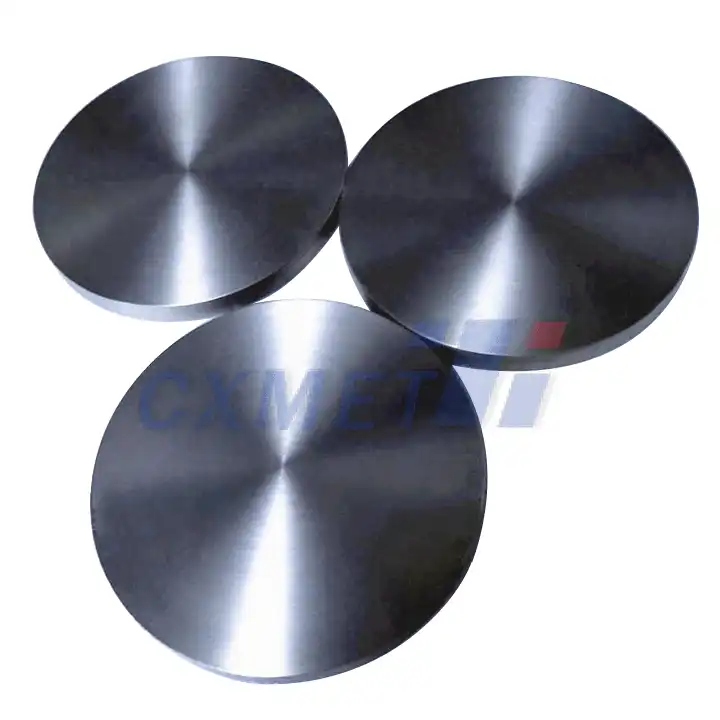- English
- French
- German
- Portuguese
- Spanish
- Russian
- Japanese
- Korean
- Arabic
- Greek
- German
- Turkish
- Italian
- Danish
- Romanian
- Indonesian
- Czech
- Afrikaans
- Swedish
- Polish
- Basque
- Catalan
- Esperanto
- Hindi
- Lao
- Albanian
- Amharic
- Armenian
- Azerbaijani
- Belarusian
- Bengali
- Bosnian
- Bulgarian
- Cebuano
- Chichewa
- Corsican
- Croatian
- Dutch
- Estonian
- Filipino
- Finnish
- Frisian
- Galician
- Georgian
- Gujarati
- Haitian
- Hausa
- Hawaiian
- Hebrew
- Hmong
- Hungarian
- Icelandic
- Igbo
- Javanese
- Kannada
- Kazakh
- Khmer
- Kurdish
- Kyrgyz
- Latin
- Latvian
- Lithuanian
- Luxembou..
- Macedonian
- Malagasy
- Malay
- Malayalam
- Maltese
- Maori
- Marathi
- Mongolian
- Burmese
- Nepali
- Norwegian
- Pashto
- Persian
- Punjabi
- Serbian
- Sesotho
- Sinhala
- Slovak
- Slovenian
- Somali
- Samoan
- Scots Gaelic
- Shona
- Sindhi
- Sundanese
- Swahili
- Tajik
- Tamil
- Telugu
- Thai
- Ukrainian
- Urdu
- Uzbek
- Vietnamese
- Welsh
- Xhosa
- Yiddish
- Yoruba
- Zulu
How Thick Can Tungsten Discs Be?
2025-01-20 13:36:18
Tungsten discs are widely used in various industries due to their exceptional properties, including high density, durability, and heat resistance. When it comes to the thickness of tungsten discs, there is no definitive limit, as it largely depends on the specific application and manufacturing capabilities. However, understanding the factors that influence the thickness of tungsten discs is crucial for their effective use in different scenarios.

What factors affect the maximum thickness of tungsten discs?
The maximum thickness of tungsten discs is influenced by several factors, including manufacturing processes, material properties, and intended applications. One of the primary considerations is the manufacturing method used to produce the discs. Traditional powder metallurgy techniques, such as pressing and sintering, can typically create tungsten discs up to several inches thick. However, advanced manufacturing processes like hot isostatic pressing (HIP) or spark plasma sintering (SPS) can potentially produce even thicker discs.
Material properties also play a significant role in determining the maximum thickness of tungsten discs. Tungsten's high melting point (3,422°C or 6,192°F) and excellent strength-to-weight ratio contribute to its ability to be formed into relatively thick discs. However, as the thickness increases, challenges related to material homogeneity, internal stresses, and potential defects become more pronounced.
The intended application of the tungsten disc is another crucial factor in determining its maximum thickness. For instance, tungsten discs used in radiation shielding applications may require greater thickness to provide adequate protection, while those used in electrical contacts or as sputtering targets may be relatively thin. The specific requirements of each application, such as weight constraints, dimensional tolerances, and performance criteria, all contribute to determining the optimal thickness of the tungsten disc.
It's worth noting that while there is no strict upper limit on the thickness of tungsten discs, practical considerations often come into play. As the thickness increases, so do the challenges associated with manufacturing, handling, and implementing the discs in their intended applications. Balancing these factors with the desired performance characteristics is essential in determining the appropriate thickness for a given tungsten disc.
How does the thickness of tungsten discs impact their performance?
The thickness of tungsten discs significantly impacts their performance across various applications. In general, thicker tungsten discs offer enhanced capabilities in certain areas while potentially introducing challenges in others. Understanding these impacts is crucial for optimizing the use of tungsten discs in different scenarios.
One of the primary benefits of increased thickness in tungsten discs is improved radiation shielding. Tungsten's high density makes it an excellent material for attenuating various forms of radiation, including X-rays and gamma rays. As the thickness of the disc increases, so does its ability to absorb and block radiation. This property is particularly valuable in medical imaging equipment, nuclear power plants, and aerospace applications where radiation protection is critical.
Thicker tungsten discs also generally exhibit higher mechanical strength and durability. This increased robustness can be advantageous in applications involving high stress or wear, such as in cutting tools or armor plating. The added thickness provides more material to resist deformation, fracture, and erosion, potentially extending the lifespan of the component.
However, increased thickness can also introduce challenges. For instance, thicker tungsten discs are inherently heavier, which may be problematic in applications where weight is a critical factor, such as in aerospace or portable equipment. The added weight can impact the overall system design and may require additional considerations for support and handling.
Thermal management is another aspect affected by the thickness of tungsten discs. While tungsten has good thermal conductivity, thicker discs may experience more significant temperature gradients when subjected to heat. This can lead to thermal stresses and potential warping or distortion, particularly in high-temperature applications.
In electrical applications, the thickness of tungsten discs can influence their electrical properties. Thicker discs may offer lower electrical resistance, which can be beneficial in some cases. However, they may also introduce challenges related to current distribution and heat generation in certain electrical contact scenarios.
For sputtering targets used in thin film deposition processes, the thickness of the tungsten disc can impact the deposition rate and uniformity. Thicker targets generally have longer lifespans but may require adjustments to the sputtering parameters to maintain optimal performance.
Ultimately, the impact of thickness on tungsten disc performance must be carefully evaluated for each specific application. Engineers and designers must balance the benefits of increased thickness against potential drawbacks to achieve the desired performance characteristics while considering factors such as manufacturability, cost, and practical implementation.

What are the manufacturing limitations for producing thick tungsten discs?
Manufacturing thick tungsten discs presents several challenges due to the unique properties of tungsten and the complexities involved in working with this material. While advancements in manufacturing technologies have expanded the possibilities for producing thicker tungsten discs, certain limitations still exist.
One of the primary challenges in manufacturing thick tungsten discs is achieving uniform density and microstructure throughout the entire volume of the disc. Traditional powder metallurgy techniques, such as pressing and sintering, can struggle to maintain consistent properties as the thickness increases. This is due to the difficulty in ensuring even distribution of pressure during compaction and uniform heat distribution during sintering for thicker samples.
The high melting point of tungsten (3,422°C or 6,192°F) presents another significant challenge. While this property contributes to tungsten's excellent high-temperature performance, it also makes the material difficult to process using conventional melting and casting methods. As a result, producing thick tungsten discs often relies on powder metallurgy techniques, which have their own limitations in terms of achievable thickness and density.
Advanced manufacturing processes like hot isostatic pressing (HIP) have helped overcome some of these limitations. HIP allows for the production of near-net-shape tungsten components with improved density and mechanical properties. However, even with HIP, there are practical limits to the maximum thickness that can be achieved while maintaining uniform properties throughout the disc.
Another manufacturing limitation relates to the machining of thick tungsten discs. Tungsten's hardness and brittleness make it challenging to machine, especially for thick sections. Conventional machining methods may struggle to achieve the required tolerances and surface finishes for thick tungsten discs without introducing defects or excessive tool wear.
The formation of internal stresses during the manufacturing process is another concern, particularly for thicker tungsten discs. These stresses can lead to warping, cracking, or dimensional instability in the final product. Managing and minimizing these internal stresses becomes increasingly challenging as the thickness of the disc increases.
Cost considerations also play a role in limiting the production of very thick tungsten discs. As the thickness increases, so does the amount of raw material required and the complexity of the manufacturing process. This can lead to exponential cost increases, making extremely thick tungsten discs economically unfeasible for many applications.
Despite these challenges, ongoing research and development in advanced manufacturing techniques continue to push the boundaries of what is possible in terms of tungsten disc thickness. Innovations in additive manufacturing, such as electron beam melting (EBM) and laser powder bed fusion (LPBF), are opening up new possibilities for producing complex tungsten components, including thicker discs. These technologies offer the potential to overcome some of the limitations associated with traditional manufacturing methods, although they come with their own set of challenges and considerations.
In conclusion, while there is no absolute maximum thickness for tungsten discs, practical limitations arise from manufacturing constraints, material properties, and economic considerations. The specific thickness achievable depends on the intended application, required properties, and available manufacturing technologies. As advancements continue in materials science and manufacturing processes, the capabilities for producing thicker tungsten discs will likely expand, opening up new possibilities for their use in various industries.
At SHAANXI CXMET TECHNOLOGY CO., LTD, we take pride in our extensive product range, which caters to diverse customer needs. Our company is equipped with outstanding production and processing capabilities, ensuring the high quality and precision of our products. We are committed to innovation and continuously strive to develop new products, keeping us at the forefront of our industry. With leading technological development capabilities, we are able to adapt and evolve in a rapidly changing market. Furthermore, we offer customized solutions to meet the specific requirements of our clients. If you are interested in our products or wish to learn more about the intricate details of our offerings, please do not hesitate to contact us at sales@cxmet.com. Our team is always ready to assist you.

References
- Lassner, E., & Schubert, W. D. (1999). Tungsten: properties, chemistry, technology of the element, alloys, and chemical compounds. Springer Science & Business Media.
- Upadhyaya, A. (2014). Processing and properties of tungsten and tungsten alloys. Materials Science Forum, 783, 1959-1966.
- Pintsuk, G. (2012). Tungsten as a plasma-facing material. Comprehensive Nuclear Materials, 4, 551-581.
- German, R. M. (2005). Powder metallurgy and particulate materials processing: the processes, materials, products, properties, and applications. Metal Powder Industries Federation.
- Haubner, R., Schubert, W. D., & Lassner, E. (2001). Tungsten: Properties, Chemistry, Technology of the Element, Alloys, and Chemical Compounds. Journal of Applied Electrochemistry, 31(8), 950-951.
- Yih, S. W., & Wang, C. T. (1979). Tungsten: sources, metallurgy, properties, and applications. Springer Science & Business Media.
- Tungsten Heavy Alloy: Manufacturing, Properties, and Applications. (n.d.). American Elements.
- Fang, Z. Z., Wang, X., Ryu, T., Hwang, K. S., & Sohn, H. Y. (2010). Synthesis, sintering, and mechanical properties of nanocrystalline cemented tungsten carbide – A review. International Journal of Refractory Metals and Hard Materials, 28(2), 239-256.
- Shao, H., Zhao, Y., Ge, P., & Zeng, W. (2019). Preparation and characterization of ultrafine-grained tungsten plates by spark plasma sintering. International Journal of Refractory Metals and Hard Materials, 79, 18-23.
- El-Eskandarany, M. S. (2001). Mechanical alloying for fabrication of advanced engineering materials. William Andrew.
YOU MAY LIKE